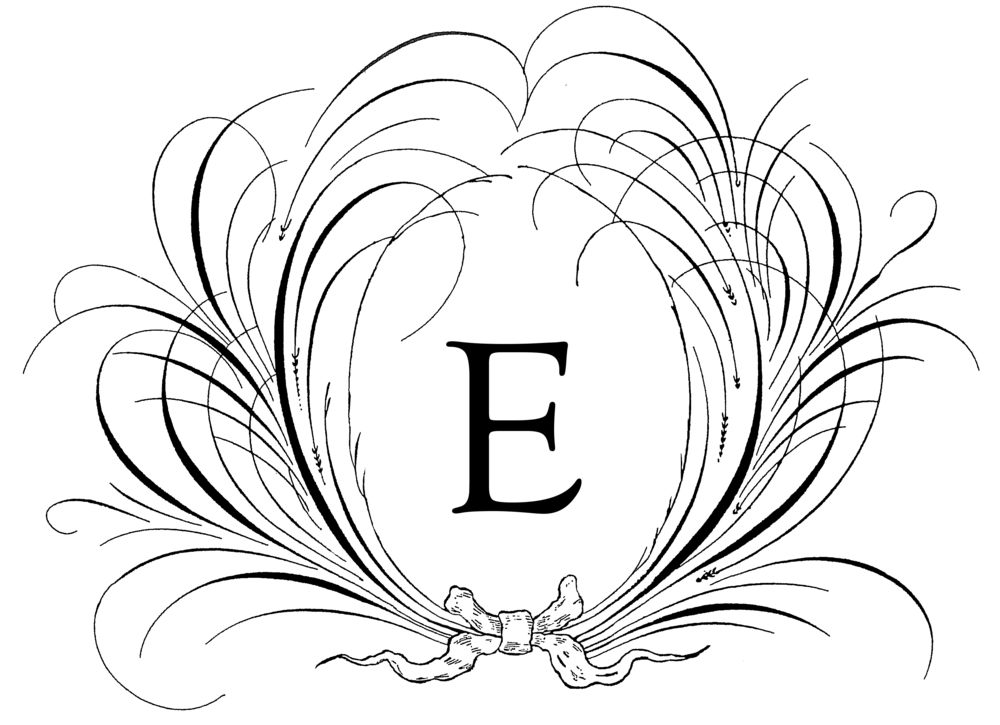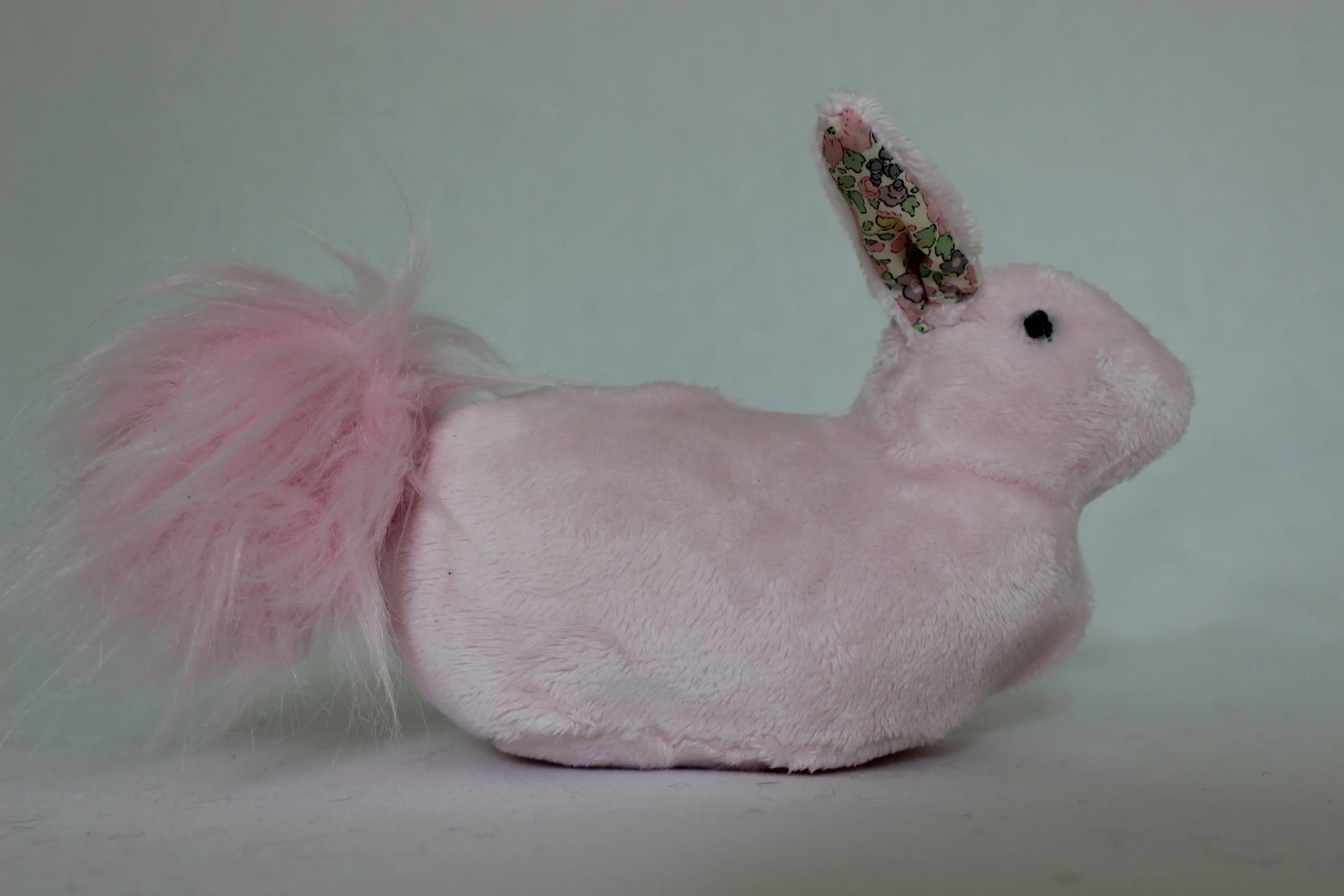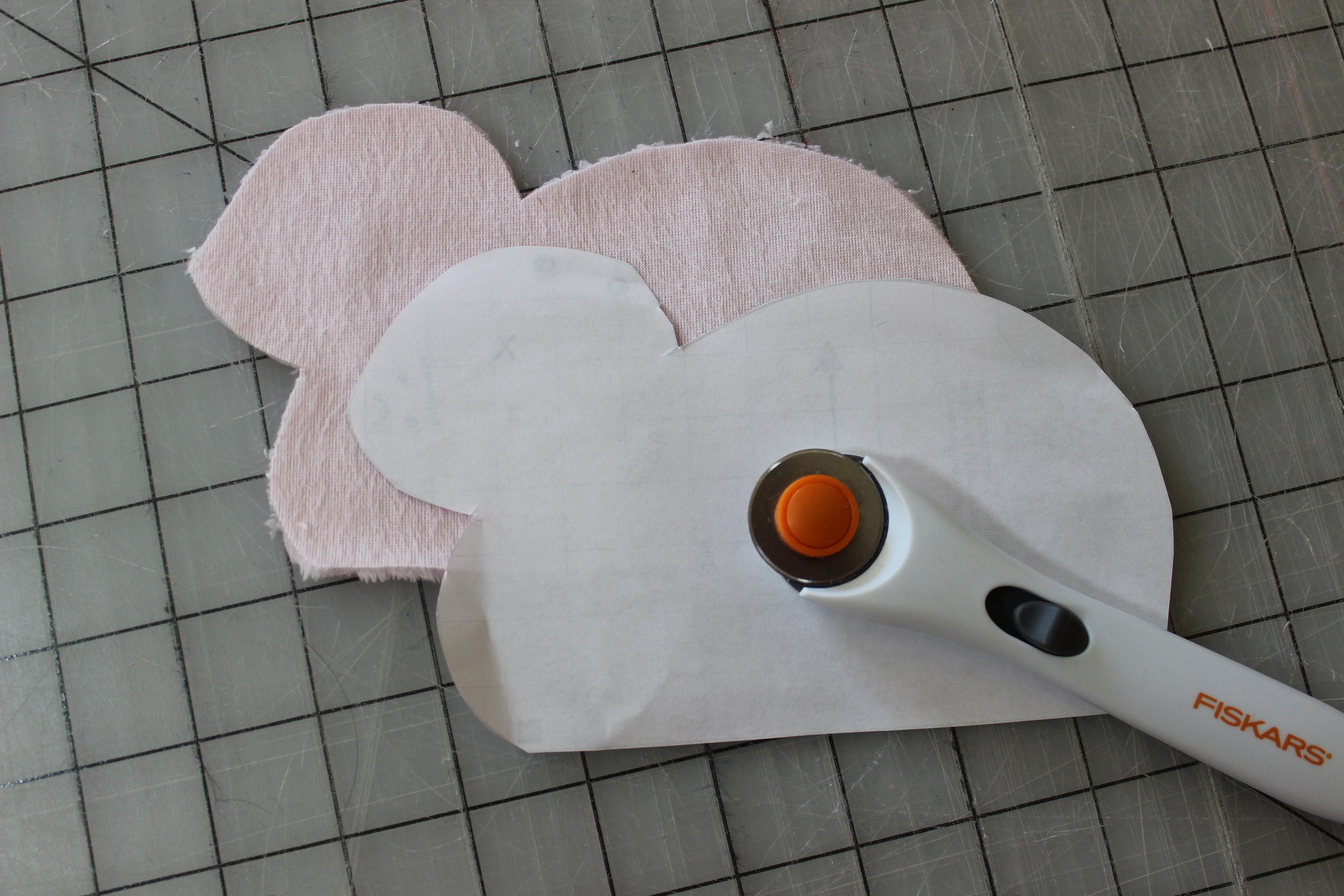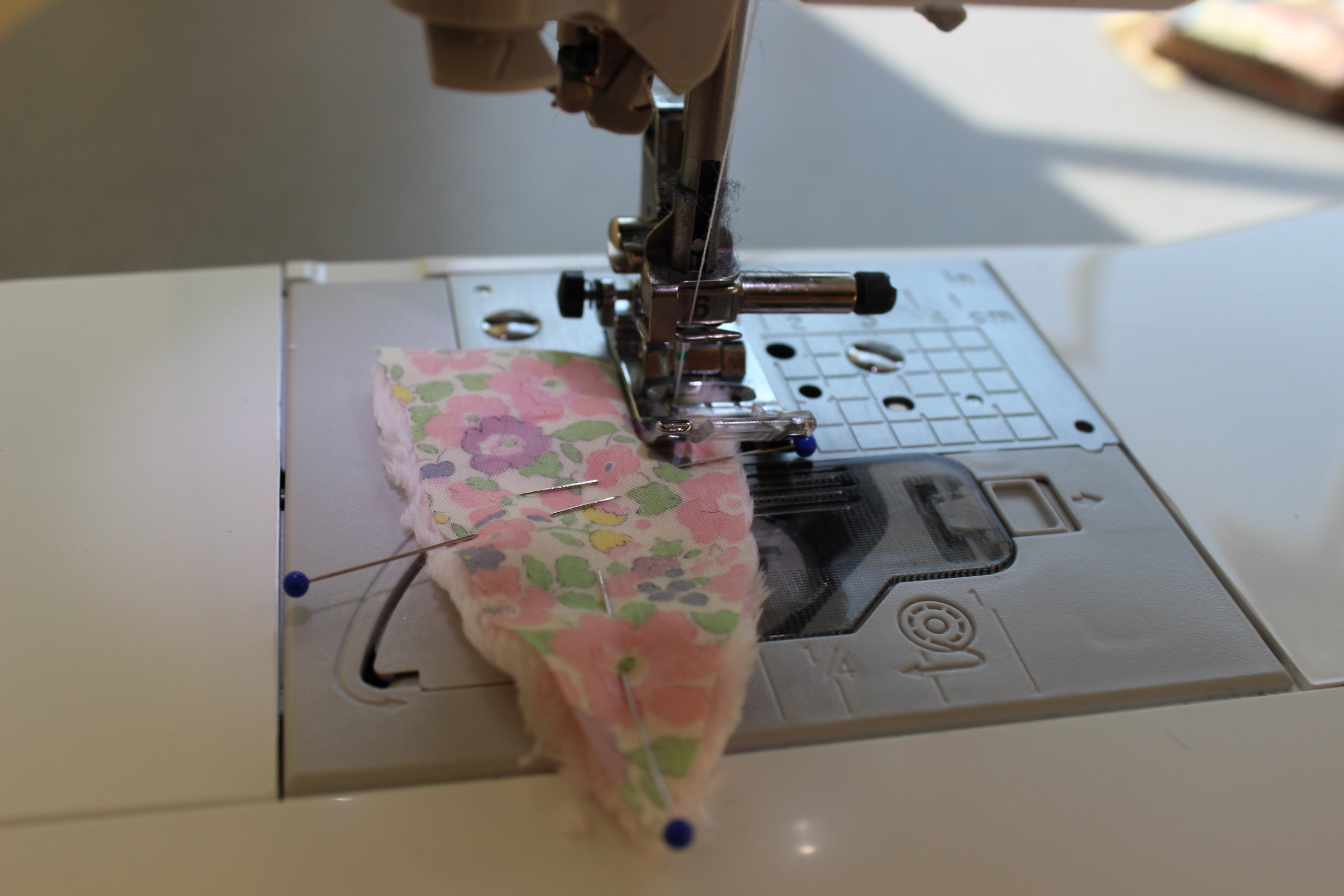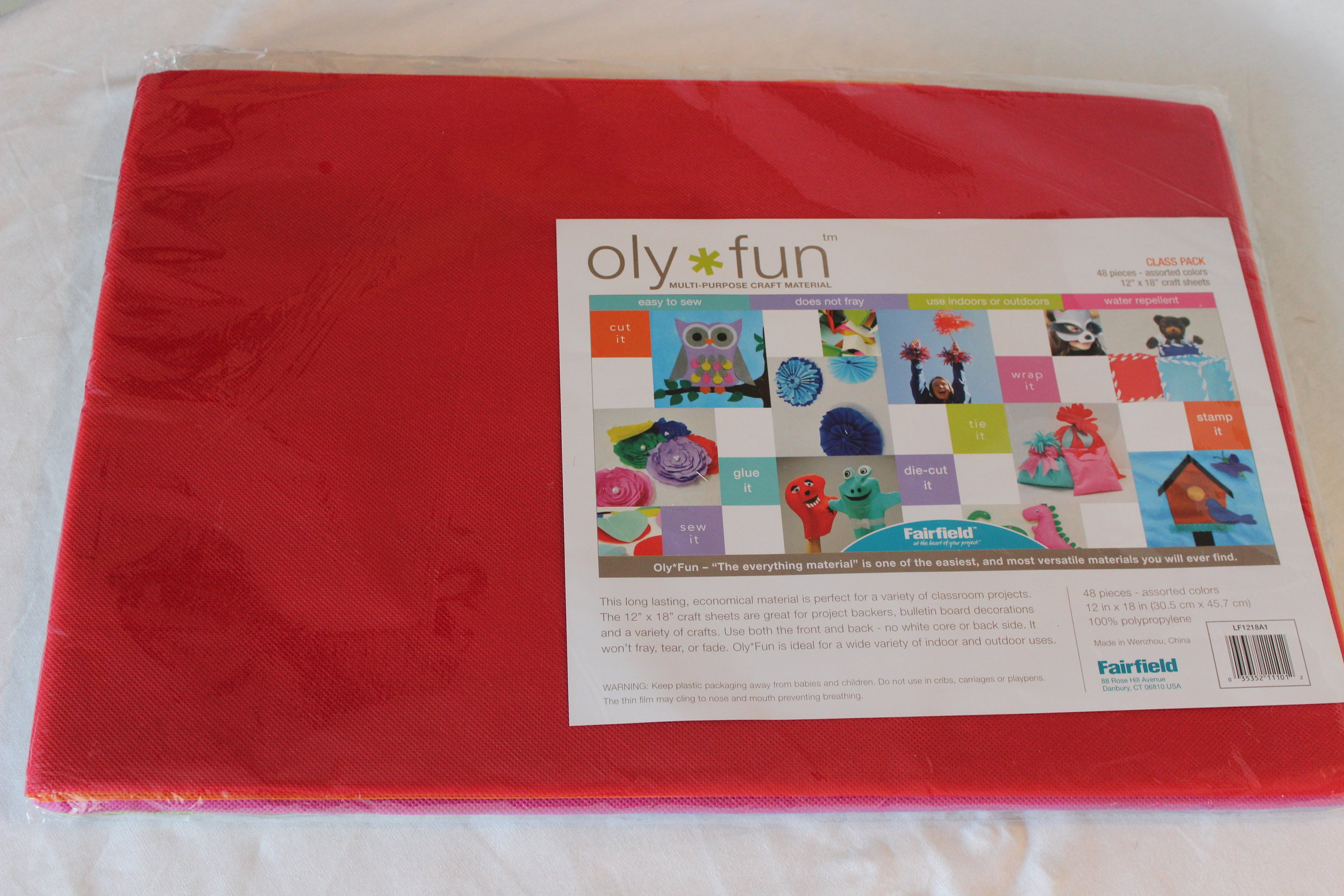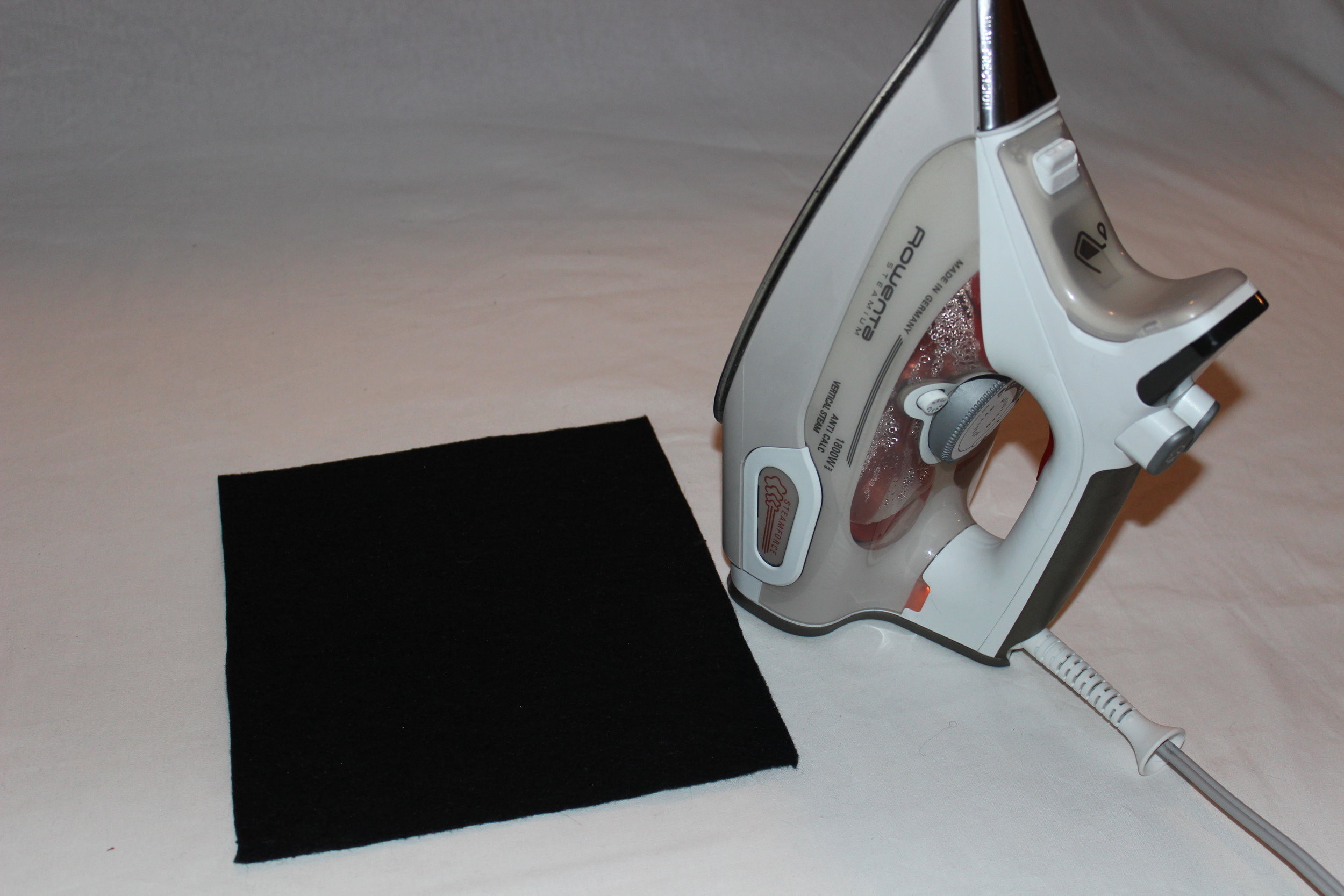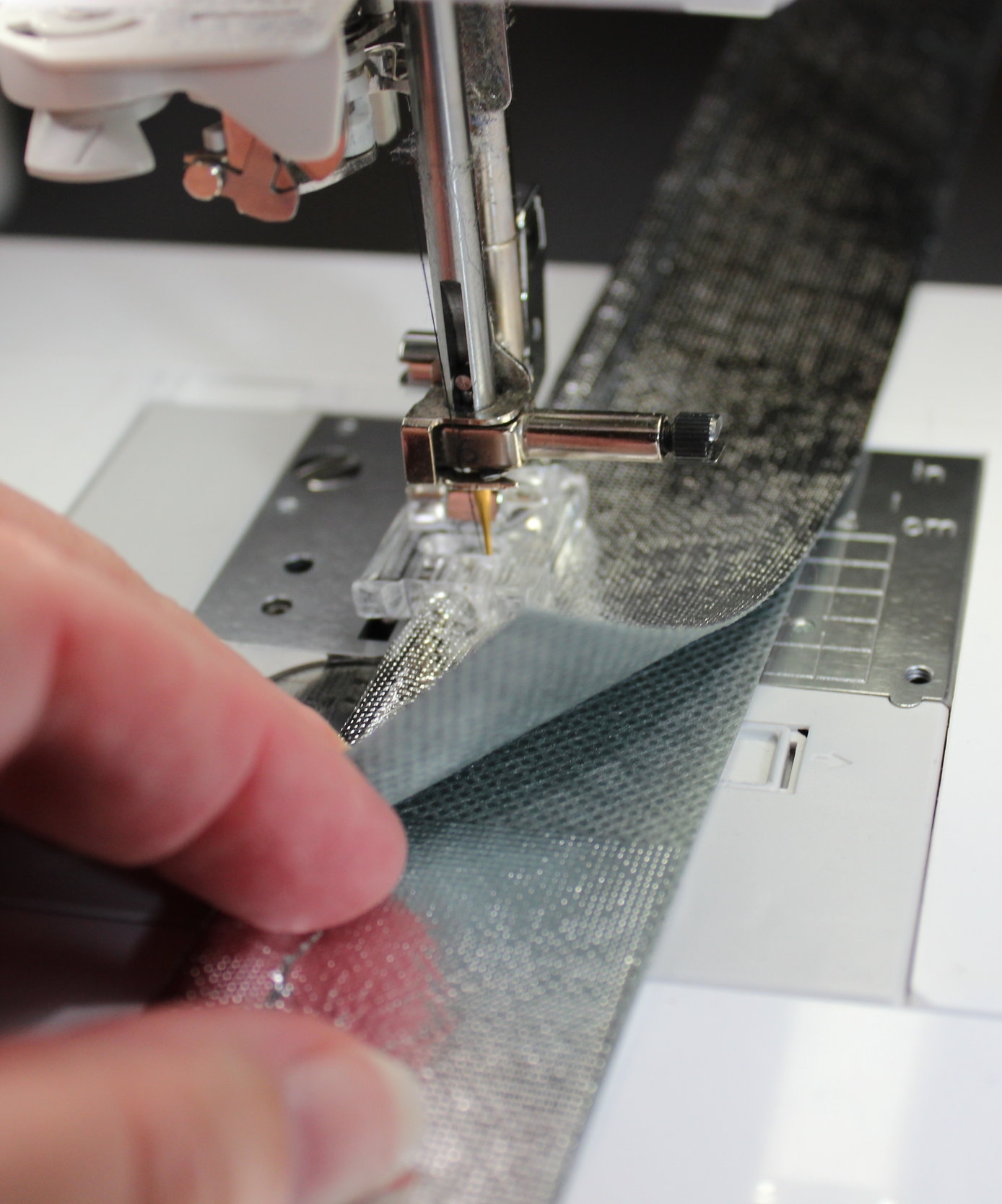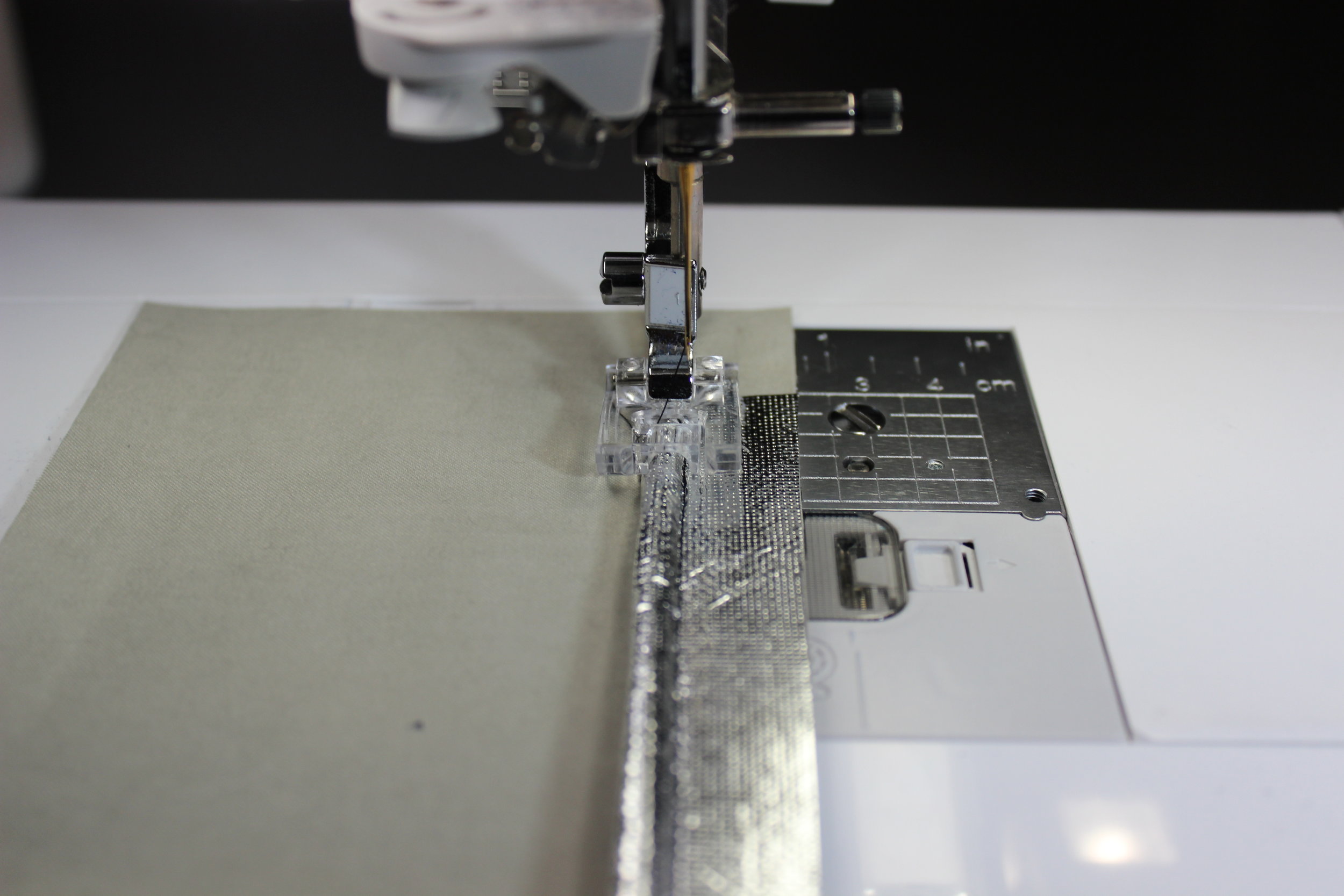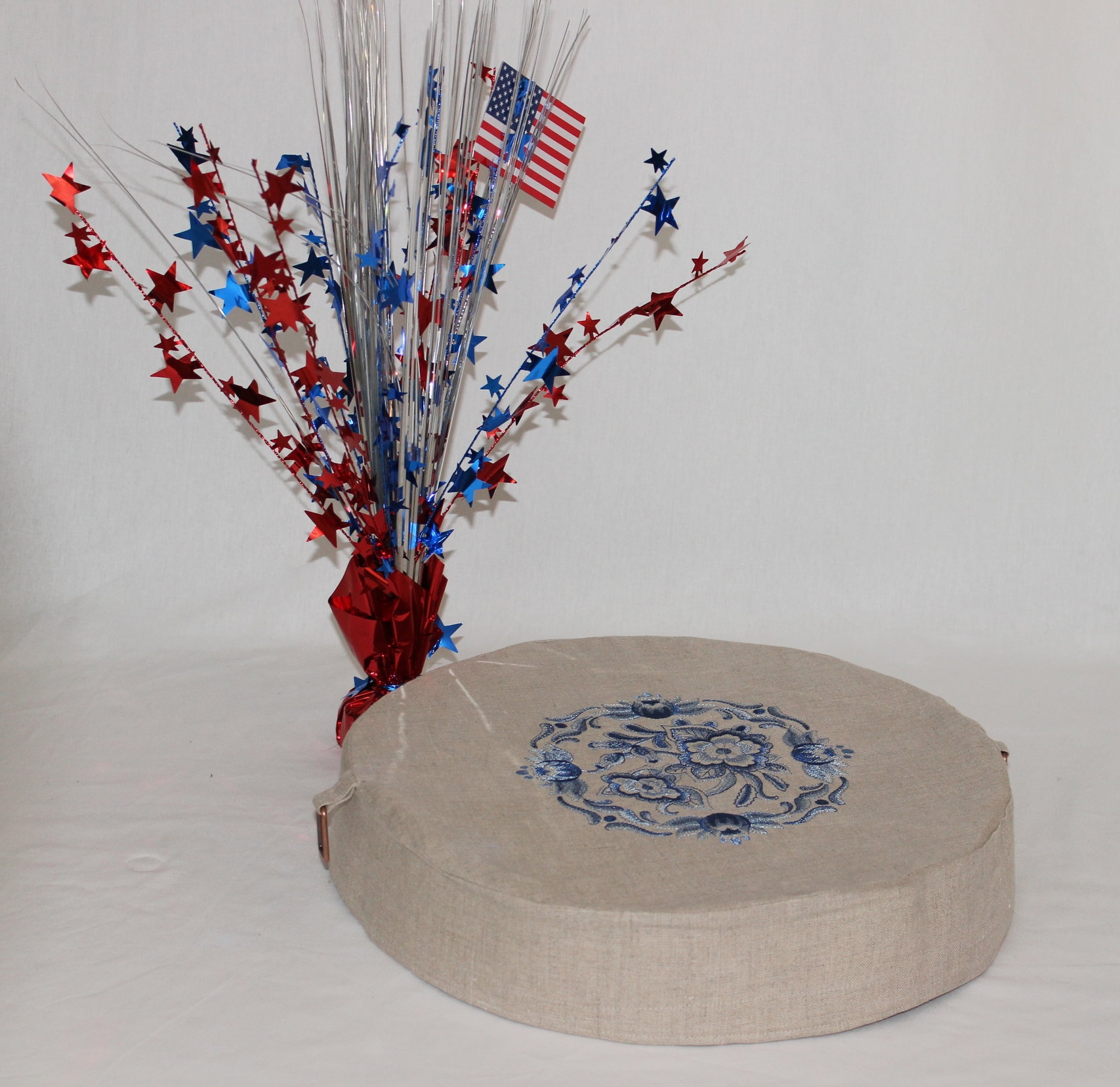Meet Bessie Bunny. She is having her big debut today on Sew-a-Softie.
Sew-a-Softie is an annual month-long event in July that expands all forms of social media. It was created by Trixi at Coloured Buttons. Please go to Trixi's website for a link to all the wonderful people who are participating in this blog hop. Wait until you see all the free patterns and tutorials. They will be awesome. Just use the tag #sewasoftie to find them. There will also be lots of fun prizes. We would love to see your creations, so please post them on facebook.
Thank you to Shannon Fabrics for donating Bessie's sweet fabric for her body and tail. Thank you to Fairfield World for donating her soft stuffing. By the way, on the back of all the Fairfield World bags of poly-fil there is always a cute pattern and now they even include a stuffing stick to assist in the process of stuffing.
Bessie is so easy to sew by machine or by hand. She only requires scrap fabric about the size of a piece of paper and a handful of poly-fil stuffing. I used Shannon Fabrics Cuddle 3 in Baby Pink for the body and their Monkey Shag Fur in Baby Pink for the tail which is only 4" wide. I also used a teeny-tiny piece of Liberty London tawn fabric for the inside of the ears.
Here are some links to tutorials on hand sewing stitches. You basically only need the backstitch for constructing Bessie and then a french knot for her eyes. The ears and tail are put on with a whip stitch and the running stitch is for basting the tail.
- Backstitch by Sara's Hand Embroidery Tutorials
- Running Stitch by Sara's Hand Embroidery Tutorials
- French Knot by Sara's Hand Embroidery Tutorials
- Whip Stitch by Pam Ash Designs
Click here for Bessie Bunny's template.
NOTE: This project uses a 1/4" seam allowance and it is included in the template.
STEP ONE
Print the template twice. Cut out the templates.
STEP TWO
Following the instructions on the template cut the fabric with the nap of the fabric going in the downward position.
STEP THREE
Sew the two body pieces together along the sides and top with right sides together. Leave the bottom open.
STEP FOUR
With the body still inside out, attach the bottom to the body with right sides together. Leave a two inch opening.
STEP FIVE
Turn right side out.
STEP SIX
Fill the body with poly-fil.
STEP SEVEN
Close the bottom with a hand whip stitch.
STEP EIGHT
Sew the ears with right sides together, leaving the bottom open.
Turn right side out.
STEP NINE
Fold the bottom of the ears up and inside.
Then attach to the head with a hand whip stitch and pinching the ear a little in the middle for a simple pleat.
STEP TEN
Baste around the edge of the tail leaving two long lengths of thread.
Pull the lengths of thread to form the tail into a ball leaving a very small opening to fill the the tail ball.
STEP ELEVEN
Stuff the tail ball with poly-fil.
STEP TWELVE
Sew the tail ball closed with a whip stitch. Use something thin like a bamboo stick to pull the long pile from out of the sitches.
STEP THIRTEEN
Attach the tail to the body of the bunny.
STEP FOURTEEN
Add the eyes with the french knot stitch.
Hoppy trails to you and your bunny!
